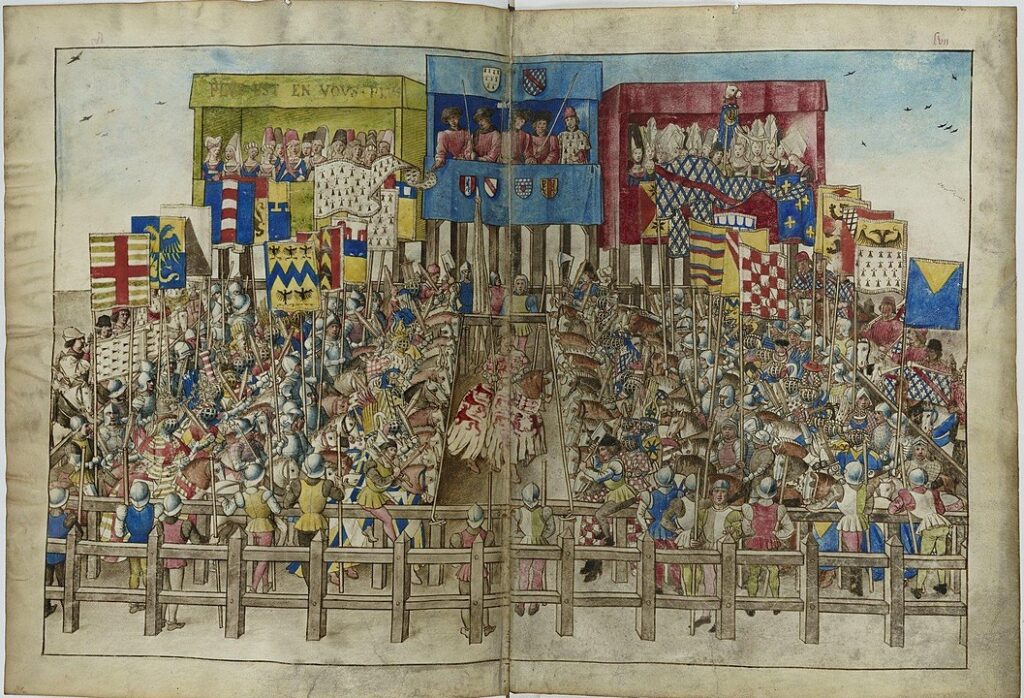 Origins and Development
Origins and Development
Medieval heraldry, the practice of designing and using coats of arms, originated in the 12th century as a system to identify knights and noble families. Heraldry became essential for distinguishing individuals on the battlefield and during tournaments. Each coat of arms was unique, featuring specific symbols, colors, and patterns that represented familial lineage, achievements, and social status.
Symbolism and Design
Heraldic designs incorporated various symbols and motifs, each with its own meaning. Lions, eagles, and other animals symbolized bravery and strength, while colors like gold and red denoted wealth and valor. The design of a coat of arms followed strict rules, including the arrangement of charges (symbols) on the shield, the use of a crest, and the addition of a motto. This codified system ensured that each coat of arms was recognizable and adhered to heraldic traditions.
Heralds and Their Duties
Heralds, officials responsible for managing and recording coats of arms, played a crucial role in medieval society. They organized tournaments, recorded genealogies, and ensured the proper use of heraldic symbols. Heralds also acted as messengers and diplomats, delivering proclamations and negotiating on behalf of their lords. Their expertise in heraldry was vital for maintaining the integrity and continuity of noble identities.
Conclusion
Medieval heraldry was a significant aspect of nobility and warfare, providing a visual representation of lineage and status. The system of heraldic symbols and the role of heralds in maintaining these traditions underscore the importance of heraldry in medieval society and its enduring legacy in modern times.